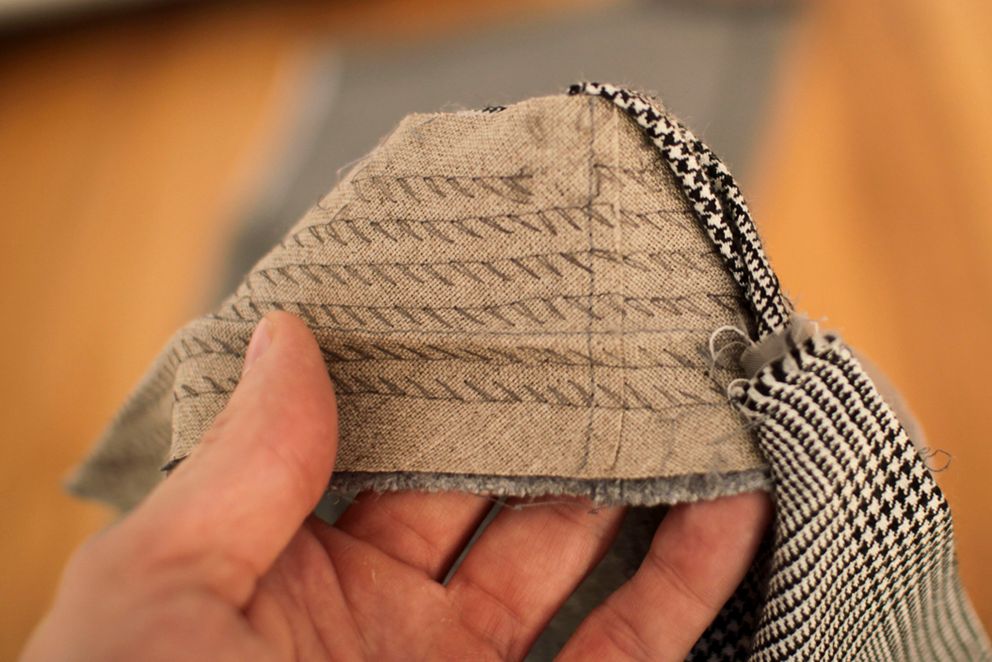flat-top
My Mail is Forwarded Here
- Messages
- 3,772
- Location
- Palookaville, NY
:eusa_clapHbk.................wow!!!!!!!!:eusa_clap
Quirrel: I really like the idea of a summer blazer. Quite dandy. Do you plan to wear it with white or cream pants? 4 buttons would really look edwardian. Not sure about that. 3 rather high buttons would make a 20s look? (the bottom button at the height of the pocket opening?)
we men have so few options to begin with.
 John Lofgren Monkey Boots Shinki Horsebuttt - $1,136 The classic monkey boot silhouette in an incredibly rich Shinki russet horse leather.
John Lofgren Monkey Boots Shinki Horsebuttt - $1,136 The classic monkey boot silhouette in an incredibly rich Shinki russet horse leather.  Grant Stone Diesel Boot Dark Olive Chromexcel - $395 Goodyear welted, Horween Chromexcel, classic good looks.
Grant Stone Diesel Boot Dark Olive Chromexcel - $395 Goodyear welted, Horween Chromexcel, classic good looks.  Schott 568 Vandals Jacket - $1,250 The classic Perfecto motorcycle jacket, in a very special limited-edition Schott double rider style.
Schott 568 Vandals Jacket - $1,250 The classic Perfecto motorcycle jacket, in a very special limited-edition Schott double rider style. And here are some more: (pics deleted for brevity)
HbK, I'm curious, if you're hand-felling linings on the body and pockets, why machine padstitch the collar? Is it to save time, or is it for the particular effect on the finished collar?










I wish I could be a tailor...this stuff looks so cool...






